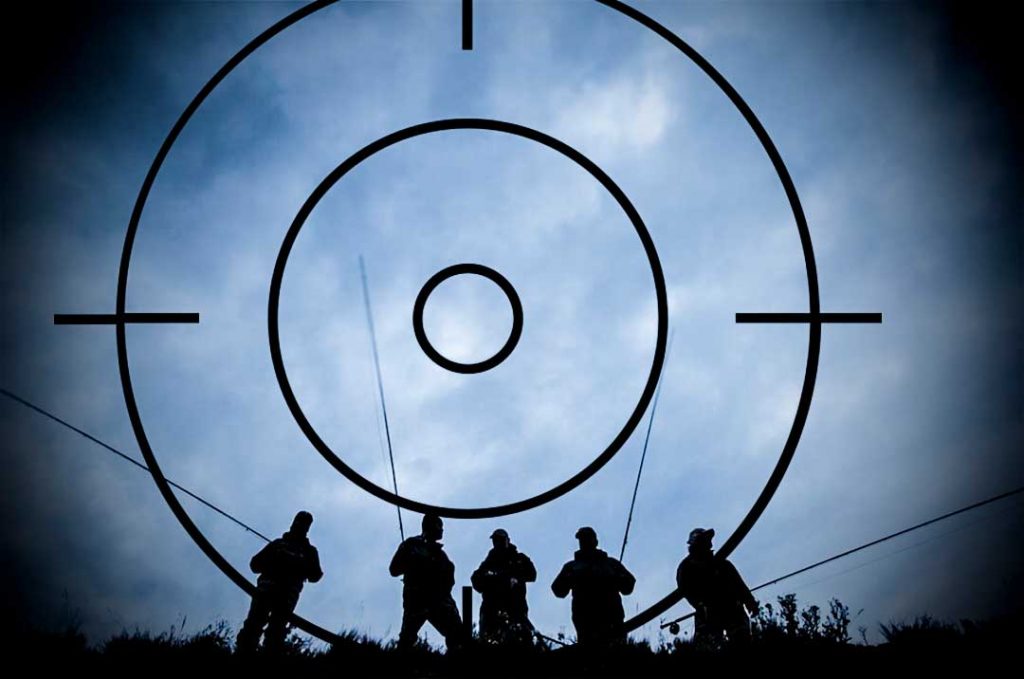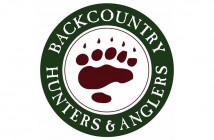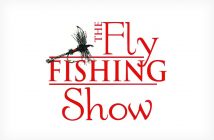
“If you have genius, industry will improve it; if you have none, industry will supply its place.”
— Sir Joshua Reynolds
I recently saw in a professional group online a blunt suggestion that the Outdoor Industry needed to evolve beyond hunting and fishing at the policy level. Okay… actually, I provoked the criticism, by posting a photo and description of a fish I had caught and released using the best practices I could muster. This debate isn’t new ground, of course, but the context was interesting given that several manufacturers known to participate on this particular discussion board have extensive fly-fishing product divisions.
In follow up, I posted a fundamental question: “Are the Hunting and Fishing sectors part of the Outdoor Industry?” This prompted almost one hundred considered responses, 100 percent of which supported the idea that both factions — mainstream “Adventure” vs “Hook and Bullet” — co-exist under the same industry banner. While the initial critique seemed to have been overridden, I think it would also be fair to say there is at least a cultural rift presenting some real friction in the field, and that current growth in the overall user base is starting to chafe.
It’s been said that good science raises more questions than it answers, and I decided the response to my little survey might be of interest to those in leadership. I reached out to some of my corporate media contacts, and to my surprise several declined comment, referring me elsewhere. The question seems to be a hot potato.
Eventually, two nonprofit groups stepped up to engage, the Outdoor Industry Association and Backcountry Hunters and Anglers. Lise Aangeenbrug is the Executive Director of the OIA, and John Gale represents the BHA as its Conservation Director at the national level. It needs to be said up front that these are extremely capable people, fully qualified for their roles working on your behalf. Aangeenbrug recently had a seat at the table in policy discussions with the Biden administration, and part of Gale’s job description is to hold federal legislators’ feet to the fire on voting records. The fact that I managed to get their attention was telling.
To be honest, outside of the dollar figures involved (Hunting and Fishing represented $63 Billion in retail spending nationally in 2018) the whole topic is somewhat existential. Sidestepping the juggernaut of Outdoor Retailer, the existence of standalone events such as International Fly Tackle Dealer and the SHOT Show provide an obvious indication of the need to speak to the fold in their native tongue. My phone interviews here veered largely into telling already well-informed industry spokespeople of my own personal perspectives. I grew up hunting and fishing the public lands of southern Wyoming in the early 1970s, and am by definition a Populist — I find the entire idea of pay to play repugnant. Working as a fly-fishing guide later in life, I came to the conclusion that the perennial beginners who only fish on private water shouldn’t really have a voice in public policy, despite whatever pedigrees they claim. And on public land in those parts, the absolute worst thing you can call someone is “poacher” — playing by the rules is part of the privileges.
Aangeenbrug — assured, accessible and effortlessly on message — was quick to point out the OIA’s alliance with groups such as the Theodore Roosevelt Conservation Partnership in maintaining their understanding of the value of “legacy” sports. She also directed me to the OIA’s “Recreate Responsibly” public education campaign, outlining sustainable practices for newcomers to wild spaces. This was a direct response to the horrific impacts that public lands suffered during the Covid-19 pandemic crush over the last two summers, as it has become obvious, to be charitable, that there are some pretty uninformed users out there. The BHA, of course, required no clarification for their mission in this context, being not only member centric, but also well ahead of the curve in engaging the legislature as a core strategy for ensuring access to future public resource.
In the context of “responsible recreation,” I asked both what was driving the general increase of resource abuse among users, and their response gave me the impression that social media is being looked at by industry executives as a disruptive element that no one saw coming. Legions of financially motivated “content producers” with potentially less than magnanimous intent are illustrating outdoor activities for the masses to emulate. Historical partnerships between manufacturers and traditional media, where messaging was under tight editorial control, has always had an unstated goal of managed — not metastasized — growth. The Wild West of democratized access to a global audience has opened a Pandoras Box of unintended consequence.
“We’re a trade organization negotiating tariffs,” said Aangeenbrug. “We can’t take responsibility for what’s being presented out there on Instagram.”
It struck me that a final question in this whole process of self-reflection would be: “What is an Industry?” I think that, ultimately, the answer is: The Customer. Boiling this down to the end consumer, giving the customer what she or he wants — even if she or he doesn’t know it at the time — creates a feedback loop of product design, supply chains, credit scores and payment dating strategies that all go out the window if the customer votes with her/his wallet elsewhere.
Anglers and hunters have long established values that are easily documented. Go to any public library, anywhere in the country, and you will find racks of books dating back a hundred years that describe a cultural blueprint based on living by your wits in the backcountry. It now seems that the whole identity of the outdoor consumer is being outlined in chasing a high definition vision of unreality that includes six-figure Sprinter van builds, artisanal espresso makers, 900 fill puffy jackets and everyday yoga pants. (BTW, there’s some backlash happening in the cross-cultural creep here.)
So who is actually behind all of this lifestyle branding? Many of these images have very high production values, but copyright (whatever that term represents now) is attributed to photographers and production teams whose names were previously unfamiliar within the outdoor media ecosystem. Research shows that a large proportion of social media “likes” are actually purchased on the grey market to push connectivity, and search results may not actually represent popular taste. Location sets illustrating “RV camping” almost uniformly include a campfire, and with nearly 85% of western wildfires now being cited as human-caused by the National Park Service, there is huge potential for some Dispersed Camping phone App causing a Pyrocene conflagration. Hopefully all those blackwater septic tanks will be discharged at legitimate dump stations too, so that any negotiated Interior Department funding won’t have to include the creation of a new Bureau of Backcountry Sanitation. Probably a tough sell to Law Enforcement for that patrol…
The legitimization of mechanized transport is also helping to hammer things flat. UTV’s and E-bikes have increased the range of people venturing further into formerly pristine wilderness, and game trails getting burned in by mountain bikers are disrupting wildlife movements in the front country. Trailered SUP’s are becoming the new aquatic skateboard, with boat ramps now being clogged by privateers looking to carve a line around licensed drift boat traffic. Conflict is becoming inevitable, but this doesn’t mean we have to bring ourselves down to the level of the abusers.
The Fishing and Hunting industries are always the first to accommodate regulation in the name of DOING BETTER. When Whirling Disease and Didymo decimated rainbow trout in Colorado in the 1990s, manufacturers responded with hard-soled wading boots. As the toxic contribution to the environment from lead split shot was becoming a concern, tin weight and then tungsten beads were introduced. And if barbless hooks were determined to be crucial to the ongoing health of our fish populations, I have no doubt fly suppliers would shift production to replace the entire industry retail inventory in short order. The rainbows are back in Colorado, BTW—it always plays out better in the long run when the resource is the first priority.
If the consumer is the industry, then it’s up to us — the pejorative “cast and blast” contingent — to represent on a daily basis. While new players may be compelled to imitate whatever questionable behaviors they are inundated with onscreen, the defining character of legacy sports is built around historical compliance with regulation. Catch limits and seasonal thermal river closures are seen by most anglers as agreeing to participate in the process. It all comes down to wanting to ensure that next great day out, both for you and your descendants, and to do it in a way that’s been in style for centuries. Maybe rethinking how we share this, and posting something showing your values is a way to help stem the tide.
As John Gale put it, “Fair chase is part of the social contract with sportsmen. These people are the original conservationists.”
So, “Are the Hunting and Fishing sectors even part of the Outdoor Industry anymore?”
We pretty much invented it. And in the face of overwhelming competition for resources, we know the way forward.


